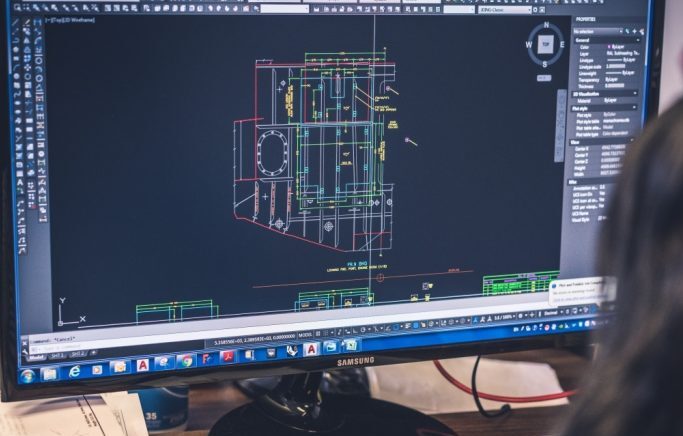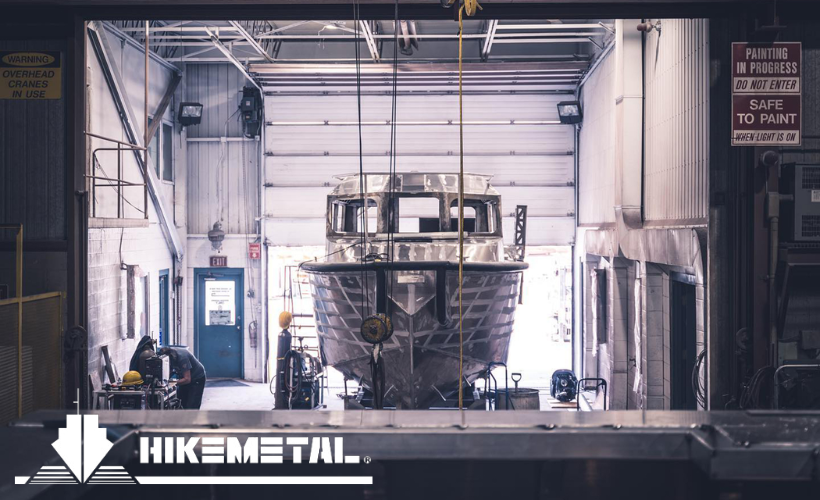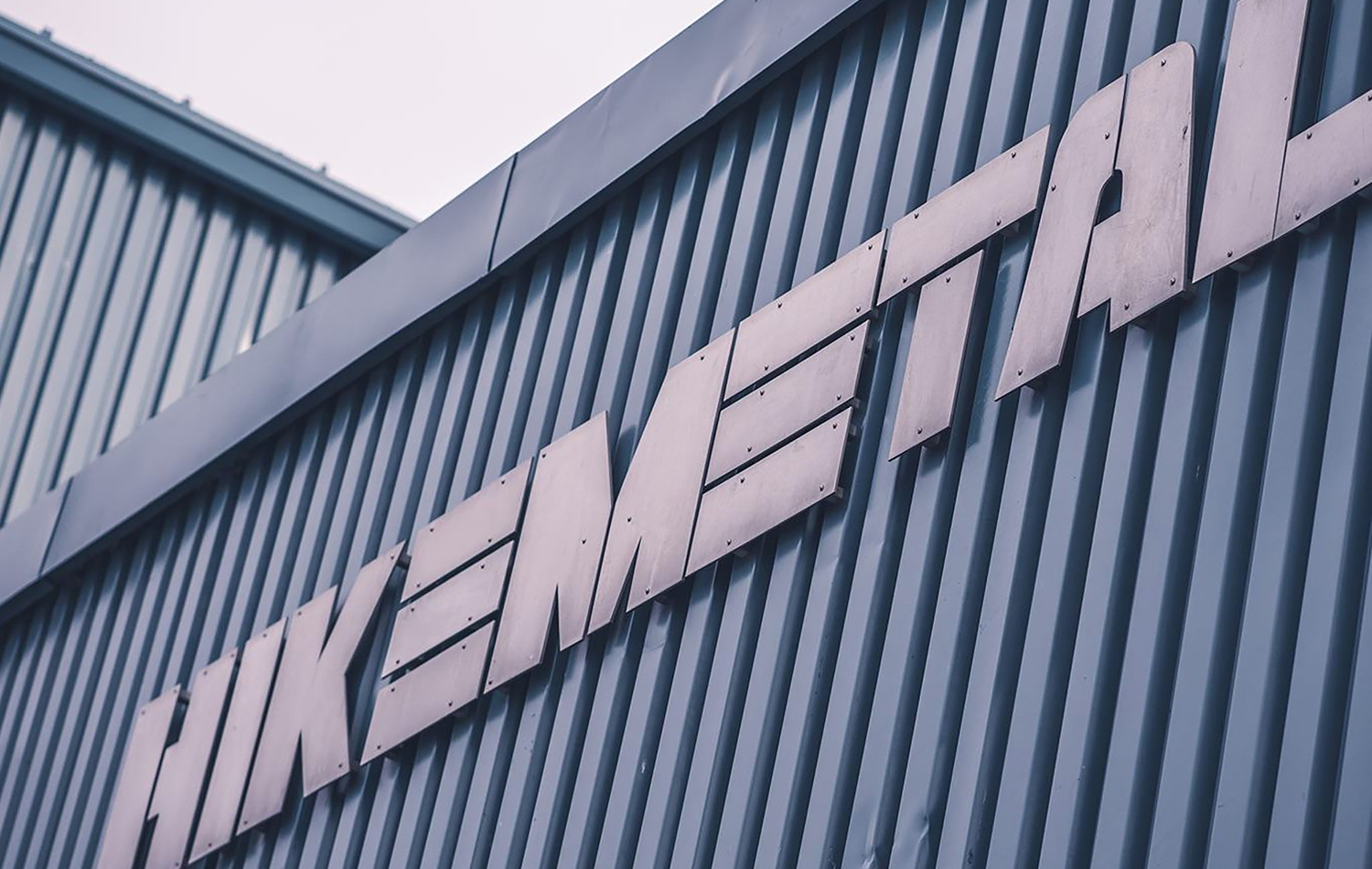In custom shipbuilding, safety and precision are crucial. That’s why marine metal fabrication is significant, as this process involves creating sea worthy vessels. Quality marine fabrication helps create boats specifically suited for any marine environment.
Marine metal fabrication is like a combination of metal working and creativity. It involves several steps starting from creating a blueprint to providing finishing touches on world-class boats. Each step requires a variety of welding skills and metal fabrication techniques.
Ships, boats, and other marine vessels all require individual customizations for our clients. Getting all the finer details right, while delivering safety in a vessel is what we are most proud of at Hike Metal.
Keep reading to learn more about our ship building process.
What is Marine Metal Fabrication?
Marine metal fabrication is Marine fabrication is one of the most critical components of shipbuilding. It involves the manufacturing and assembly of various metal parts and components that are used in the construction of ships. These can include hulls, decks, bows, forwards and propellers..
Fabricators have to work with a variety of metal types like aluminum, and stainless steel, for the ship’s construction. They design, produce, and install these individual parts for the structural integrity of vessels or other marine applications.
Marine metal fabricators are certified professionals with specialized metal working skills and welding expertise. They must also meet the strict safety and performance standards of the marine industry. If you have a special interest in metal, or welding, we are always looking for expert help.

Marine Metal Fabrication Process:
The process of metal fabrication involves a series of complex steps. Every marine metal fabrication project has its own set of demands. Here’s an overview of how the production process of ship manufacturing works.
Design and Planning:
The process of marine metal fabrication begins with creating a blueprint and custom design. It requires careful planning based on individual needs, vessel usage, and environments where it will travel.
Fabricators focus on aspects like dimensions, raw materials, appropriate welding procedures, and more. They will work closely with the customer to ensure that the product caters to their requirements.
For the designing phase, fabricators incorporating state-of-the-art designing tools use CAD to optimize the process. The design and material should be appropriate for the vessel on which it will be used.
Selecting the suitable material is vital before beginning the manufacturing process. Material thickness, corrosion resistance, etc., play crucial roles in ensuring that the product can withstand harsh environments.
2. Fabrication:
Once the blueprint is finalized, the machining and fabrication step begins. It involves cutting and bending raw materials to form metal components required for the project. Then, the elements are welded together to create the final product.
A wide range of hand tools and machinery is used for the fabrication process. Modern fabricators who incorporate advanced technology use CAM for computer-aided manufacturing.
The metal of choice is cut into the desired shape and size using tools like saws, lasers, or plasma cutters. Then, using tools like bending brakes, the metal workpieces are bent to achieve predetermined angles.
Then, with the help of welding techniques like arc welding or MIG welding, the components are connected. Finally, with the help of bolting, riveting, etc., the final product assembly is completed.
3. Welding & Installation:
The next step is installing the fabricated metal components on the vessel. The fabricator must ensure the components are correctly aligned and securely attached to the vessel for safety.
So, the installation step involves meticulous integration of the manufactured product into the vessel’s structure via: welding, grinding and polishing the metal. Marine fabricators use their expertise to line up the elements seamlessly with the vessel.
They have to employ specialized knowledge and expertise. They must guarantee that the manufactured product matches the ship’s design for structural integrity.
They must also take care that the final metal object, once installed, is safe and meets industrial standards. The entire step requires the efforts of other experts like naval architects, marine engineers, shipyard workers, etc.
4. Cleaning and Finishing:
Once the installation step is complete and there’s no more need for changes, the finishing touches are added. It involves cleaning the manufactured product to remove dirt and applying a protective coating to prevent corrosion.
After installation, a thorough cleaning is performed to remove debris, contaminants, and welding residue. These can lead to corrosion or hamper the structural integrity of the product.
So, all surfaces and hard-to-reach crevices are meticulously degreased, washed, sandblasted, and cleaned abrasively. This step enhances the longevity and performance of the fabricated components.
Then, a coating of zinc galvanizing, powder coating, marine-grade paint, etc., is added to the object. It helps keep out saltwater, moisture, and humidity and increases the longevity and durability of the item.
What is Not Included in Marine Metal Fabrication?
It is to be noted that marine metal fabricators may not perform certain responsibilities, even though some of them involve metal. These include the following:
- Repair and restoration
- General maintenance
- Casting and forging
- Electrical work
Contact Hike Metal
Are you looking for the best metal fabrication company in Canada? Look no further because Hike Metal is here.

Our services include marine vessel manufacturing, repair, maintenance, and more. We also take pride in our metal fabrication services, satisfying our clients with every custom metal project.

